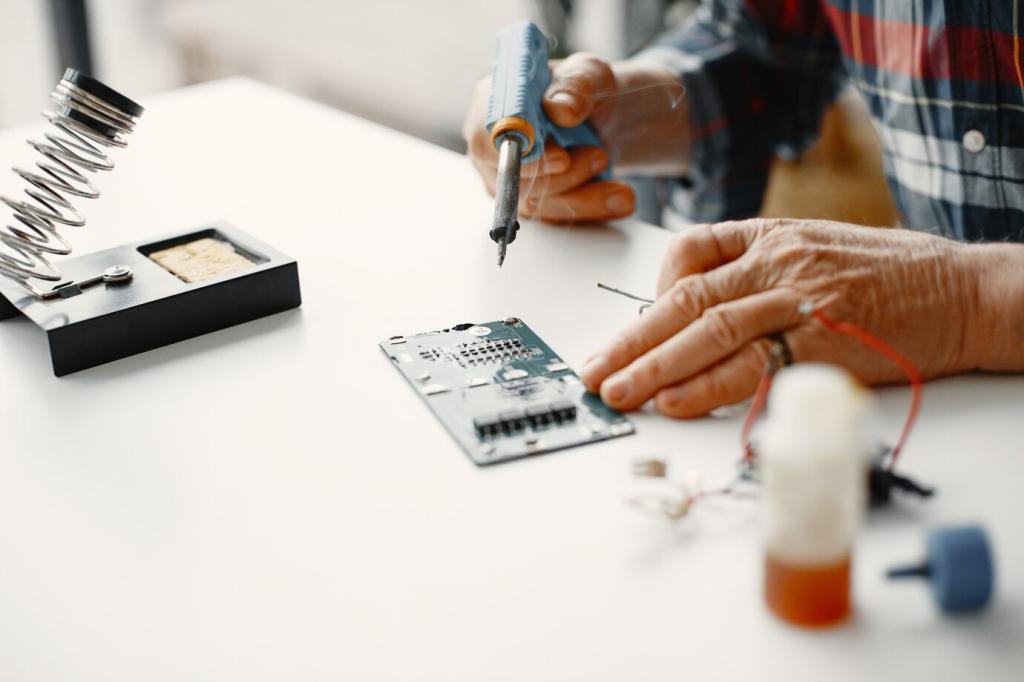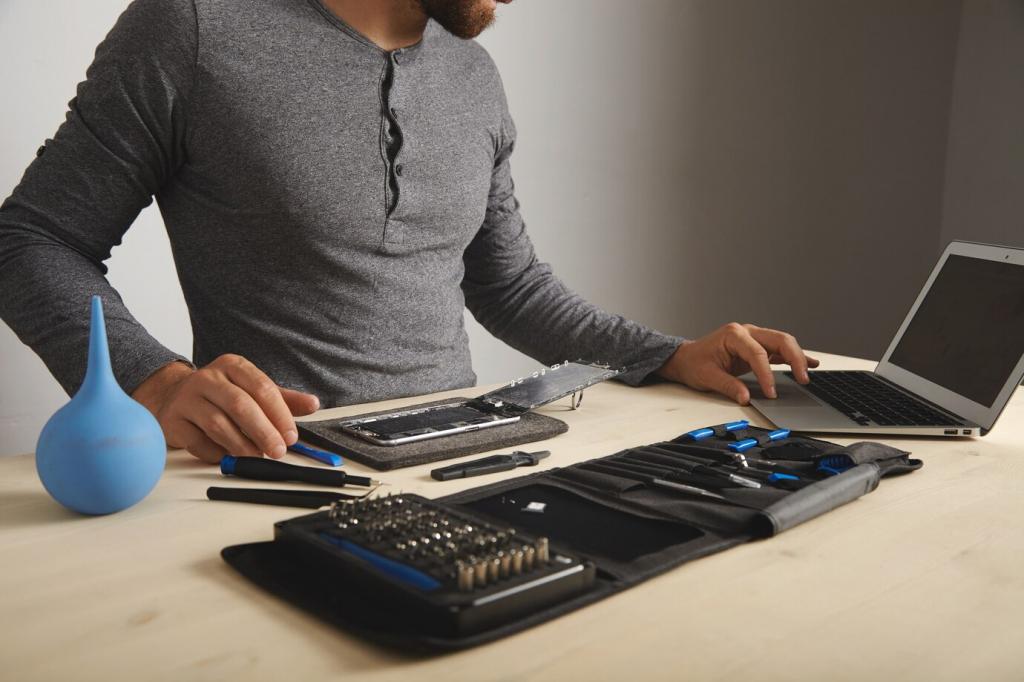
Arduino Projects: A Beginner's Handbook — Start Making Today
Chosen theme: Arduino Projects: A Beginner’s Handbook. Begin your maker journey with approachable steps, honest stories, and practical wins that turn blinking lights into lasting confidence. Subscribe, experiment, and share your progress with fellow beginners.
Why Arduino Welcomes Beginners
An Arduino board is a small microcontroller with helpful pins that connect to sensors and actuators. It hides complex electronics behind simple code, letting beginners learn by doing, testing ideas quickly, and celebrating immediate, encouraging feedback.
Why Arduino Welcomes Beginners
Because Arduino is open-source, you get extensive documentation, countless libraries, and example sketches that actually compile. Forums, videos, and community notes help you debug faster, learn best practices, and feel part of a friendly, global maker conversation.



Gathering the Essentials Without Overspending
Focus on an Arduino UNO or compatible board, a USB cable, breadboard, jumper wires, assorted resistors, LEDs, pushbuttons, a buzzer, a photoresistor, and a basic temperature sensor. These parts cover dozens of beginner projects without unnecessary clutter.
Gathering the Essentials Without Overspending
Use regulated 5V supplies and respect motor power requirements. Avoid powering motors from the board’s 5V pin. Learn about decoupling capacitors, current limits, and why a stable ground prevents weird resets that masquerade as mysterious code bugs.
Your First Three Builds, Step by Step
Start with Blink using delay, then refactor to millis for non-blocking timing. Add a gentle fade using analogWrite, and learn how PWM mimics analog brightness. Share a short video of your breathing LED and tag your progress for feedback.



Coding Patterns That Save Beginners Hours
Use a simple state machine with clear enumerations and handle timing with millis instead of delay. This keeps inputs responsive, outputs smooth, and your code ready to scale. Try rewriting Blink, then comment your logic for future you.
Coding Patterns That Save Beginners Hours
Mechanical switches bounce, so sample over time or use a helper library like Bounce2. Track stable transitions and ignore rapid flickers. Test slowly, observe the serial prints, and commit a clean version once behavior feels rock solid and predictable.
Pitfalls You Can Dodge From Day One
Always share a common ground, stress-test jumpers, and separate noisy motor power from logic power while tying grounds together. Watch for resets when loads switch. Measure current draw, and avoid marginal USB ports that sag under even modest demand.
Pitfalls You Can Dodge From Day One
An LED without a resistor might flash gloriously, then die dramatically. Calculate the needed value with Ohm’s Law, keep a labeled stash, and learn color codes. Share your near-miss story so beginners remember to protect their first precious LEDs.

Keep Learning: People, Places, and Routines
Tiny daily challenges
Set a 20 minute timer, pick a bite sized task, and finish something visible. Log the result, even if imperfect. Celebrate tiny wins, then ask a question below about tomorrow’s challenge, and commit publicly to build momentum together.
Communities that cheer you on
Join local maker spaces, beginner friendly forums, and helpful Discords or subreddits. Ask focused questions respectfully, share photos, and return with solutions. Suggest a monthly challenge theme, and sign up for our newsletter so you never miss it.
Curated starter friendly resources
Use official Arduino guides, approachable video tutorials, and open projects with clear wiring diagrams. Bookmark this blog for weekly beginner builds, comment with topics you want next, and subscribe to receive gentle nudges that keep your learning alive.
